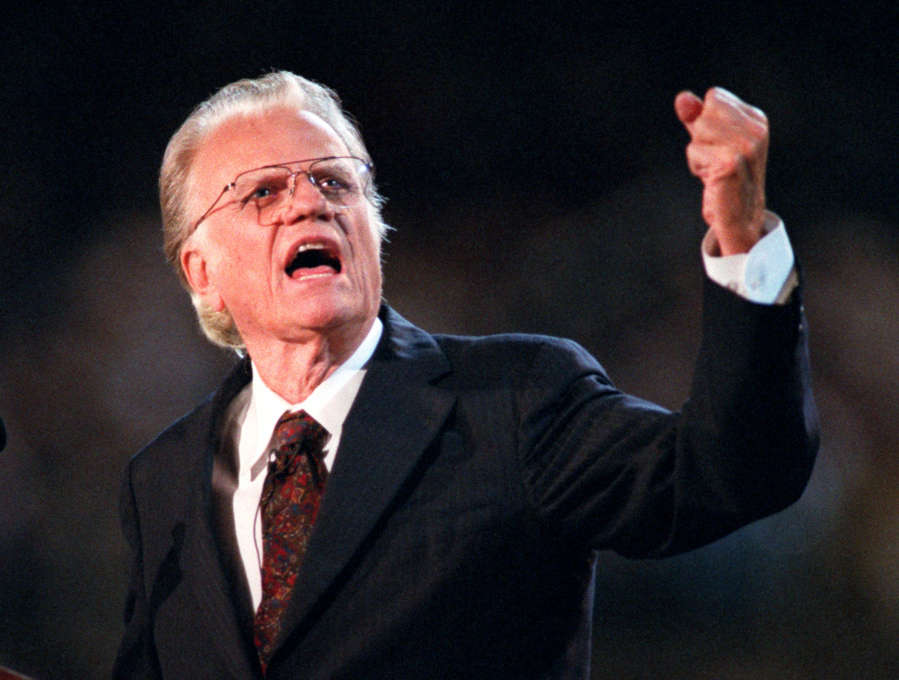Like Graham, Joel Osteen, pastor of a megachurch in Houston, has become a national figure by using television, books, and auditoriums. But critics have pointed to his lavish lifestyle and what many consider his candy-coated Gospel of prosperity.
And like his father, Franklin Graham has held crusade-like events around the world, employed the well-oiled Billy Graham Evangelistic Association to promote his causes, and tapped into the latest technology — in his case, Facebook and Twitter. But the younger Graham, operating in an era when same-sex marriage and abortion are legal and teacher-led prayers in public schools are not, has turned off as many as he’s won over with his confrontational style and conservative political alliances.
But some experts of the current religious scene say it is causes more than sermons that speak to the unchurched of today.
“From efforts to end human trafficking to food drives to serve the working poor and homeless, the unchurched are more than willing to connect with what (churches) are doing to impact the world,” James Emery White, pastor of Mecklenburg Community Church, wrote in “The Rise of the Nones,” his 2014 book on how to understand and reach the religiously unaffilated. “Leading with Billy Graham’s simple ‘The Bible says’ was effective for people in a different place spiritually than most are today. Today, when you say to someone, ‘the Bible says,’ they would probably say back to you: ‘So what?'”
“There won’t be another Billy Graham,” White says. “He was unique among evangelists in history and the cultural context of that day is so radically different than today.”



